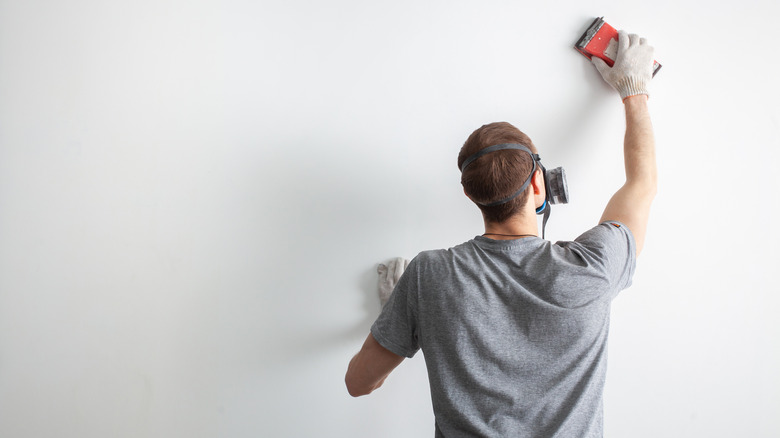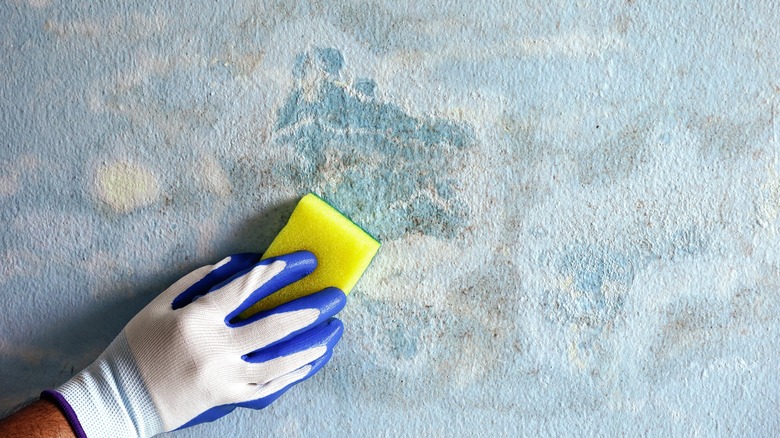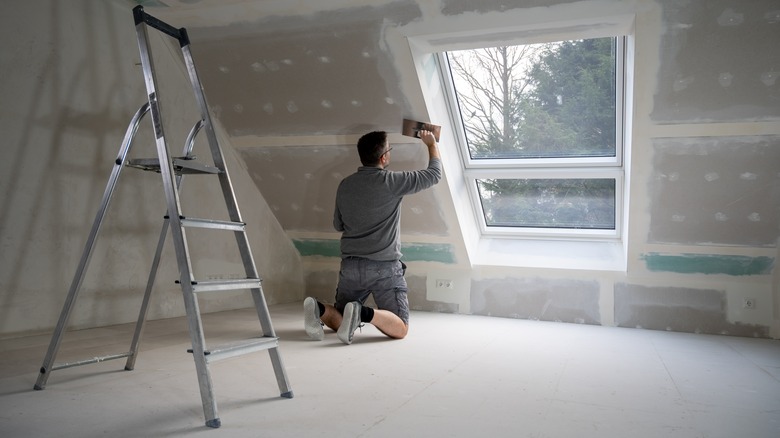Here's How Wet Sanding Can Help Prevent Drywall Dust Build-Up
In any home renovation or remodeling project, drywall sanding is critical in achieving a smooth and seamless finish. However, this process often leaves behind an unwelcome guest — drywall dust. This fine powder can quickly cover every surface in the vicinity, posing a substantial cleanup challenge and potentially causing health concerns due to inhalation. An effective strategy to avoid these issues is wet sanding.
Wet sanding is an ingenious method that significantly minimizes the amount of dust produced during the sanding process. This alternative to traditional dry sanding involves using a damp sponge or special wet sanding paper, thus restricting the dust particles from becoming airborne and spreading throughout your home. By controlling the dust, wet sanding provides a more efficient, cleaner, and safer environment.
While wet sanding might initially appear as a simple variation of the conventional method, it profoundly impacts the overall sanding process. Reduced dust production can streamline cleanup, lessen potential damage to electronics or other nearby items, and minimize health risks. As we delve deeper, we'll walk through the steps to effectively perform this technique and explore the pros and cons of wet sanding.
How to wet sand drywall
Begin the process of wet-sanding drywall by selecting a quality drywall sponge. The goal is not to aggressively remove the high spots of the drywall mud but to gently smooth them out, which is why a sponge is used instead of a sanding block. Next, prepare a bucket of warm water. Submerge your sponge in it and wring it out until it is damp but not dripping wet.
If your sponge has an abrasive side, shrink and smooth out obvious areas where the joint compound is elevated off the wall's surface. As you work, use a wide, circular motion with the sponge along any obvious high areas of joint compound, pressing just hard enough to smooth the surface slightly. It's important to avoid pushing too hard, as this could dislodge the joint compound.
As your sponge becomes caked with drywall mud and starts to lose its sanding effectiveness, rinse and wring it out in the bucket of water. Once you've managed to smooth out the large areas of high spots in the mud, switch to the smoother side of the sponge. Use this to refine further and smooth out the mud along the edges. However, after your second pass, it's time to switch to dry sanding if there are still imperfections along the joints. Too much water can damage the drywall itself, and dry sanding can help to address any remaining issues.
Pros and cons of wet sanding
Wet sanding offers several advantages, making it an attractive alternative to traditional dry sanding. Foremost, the technique significantly reduces dust generation, creating a cleaner work environment and simplifying the cleanup process. Less airborne dust also means fewer health risks, as it reduces the dust inhaled, thereby preventing potential respiratory issues. Additionally, wet sanding can lead to a smoother finish on the drywall, as the dampness can help to fill minor scratches or indentations, resulting in a more uniform surface ready for painting or wallpapering.
However, wet sanding has its drawbacks. One potential disadvantage is that it can be slower than dry sanding. The need to frequently rinse the sponge or sandpaper can add time to the task, which could be a significant consideration for more extensive projects. Furthermore, there's a risk of over-sanding, which can occur if too much pressure is applied or the area is sanded for too long. Over-sanding can damage the paper layer of the drywall, which can be challenging to repair. Lastly, wet sanding requires more care to avoid potential water damage to surrounding areas, mainly when working near electrical outlets or non-waterproof materials.
Despite these potential drawbacks, many professionals and DIY enthusiasts find the benefits of wet sanding outweigh the cons, especially considering the cleaner and healthier working conditions. As with any technique, success with wet sanding comes with understanding the process and practicing careful execution.


